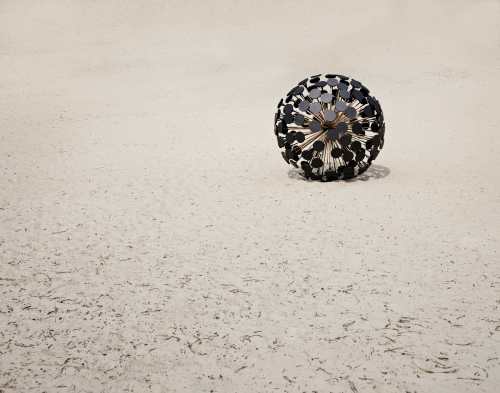Taiwanese Tseng Lien-Fa Survives 60 Hours In Rough Seas Without Being Able To Swim.
NON TUTTE LE BARE VENGONO PER NUOCERE.
Il taiwanese Tseng Lien-Fa sopravvive in mare per 60 ore senza saper nuotare, tenuto a galla dal coperchio di un feretro che chissà come si trovava proprio da quelle parti. L’aveva travolto un’onda anomala mentre cercava di pescare anguille vicino alla spiaggia. Non è il suo mestiere, lo faceva per arrotondare visto che tra poco la fidanzata scodella un bambino. Auguri di buona vita a tutti e tre!









